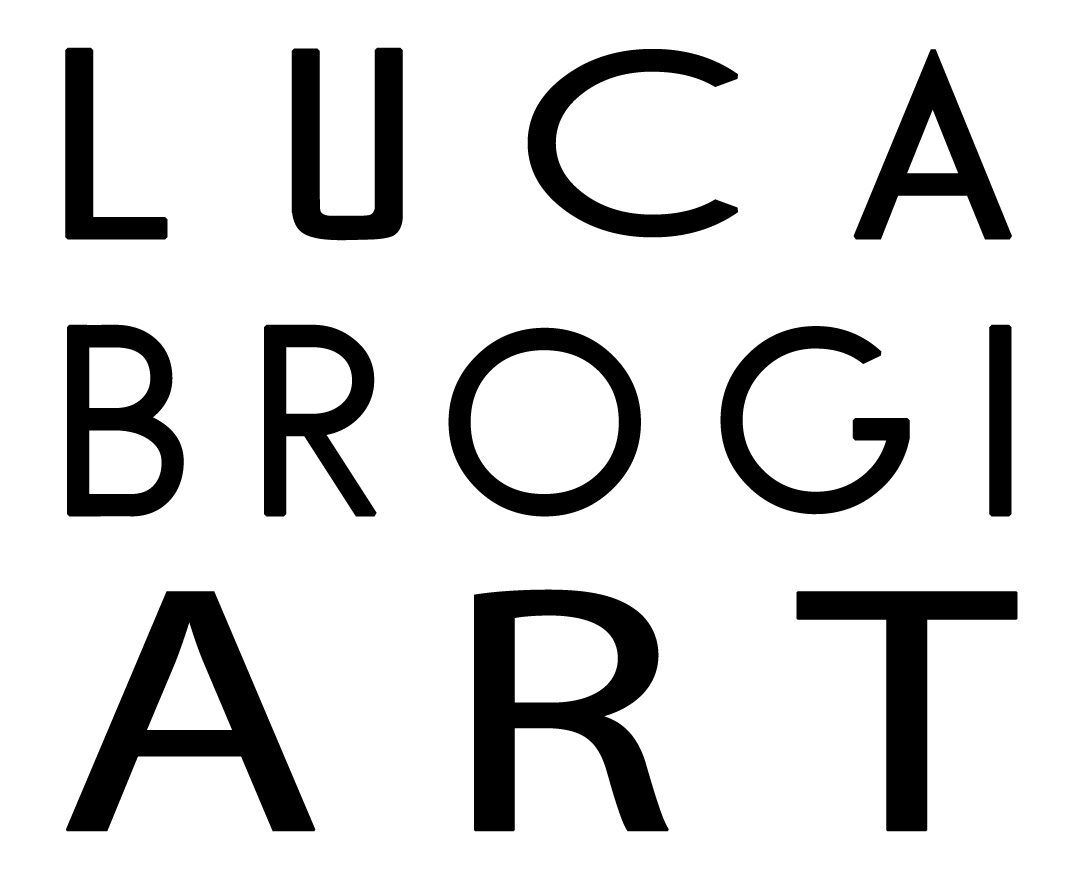Travelling in Fuerteventura
Luca Brogi photographer
I would like to tell you about my trip I took to Fuerteventura and this experience.
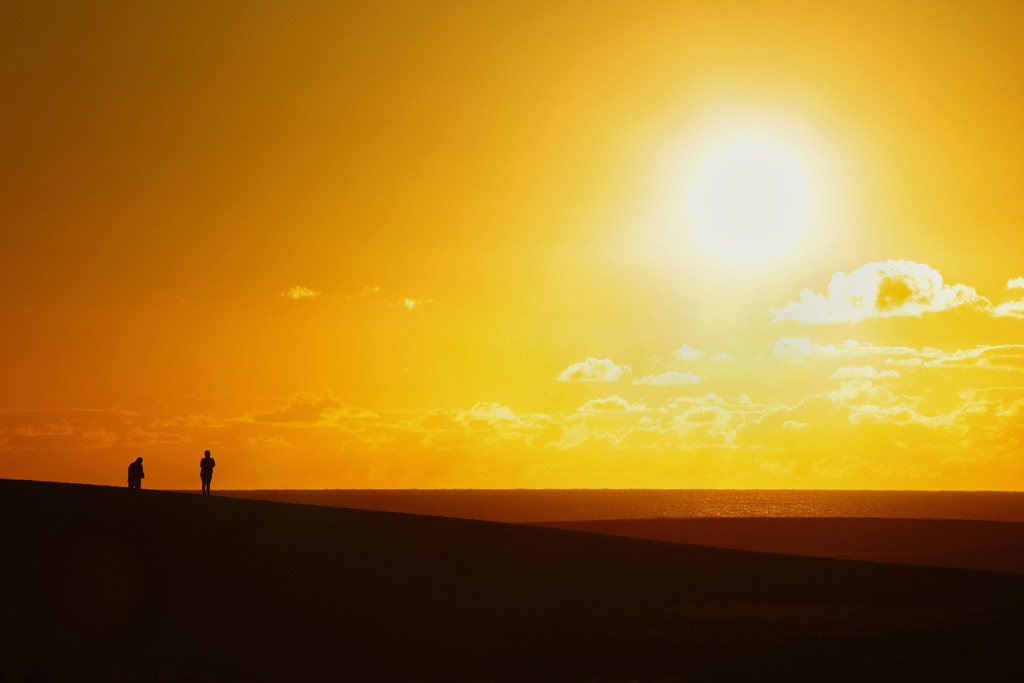
Fuerteventura is an island that fascinates me, because it is a place with an air of mystery. Fuerteventura is part of Spain, it is located in the subtropical line off of Marocco, and it is part of a group called “Canary Islands” (28 ° 20 ‘N and 14 ° 00’ W). The island’s area is about 1,600 square kilometers, the population in 2017 was about 110,000 people, but it is still growing. It is sparsely populated, the most important activities are: agriculture (fruits, vegetables), fishing and tourism.
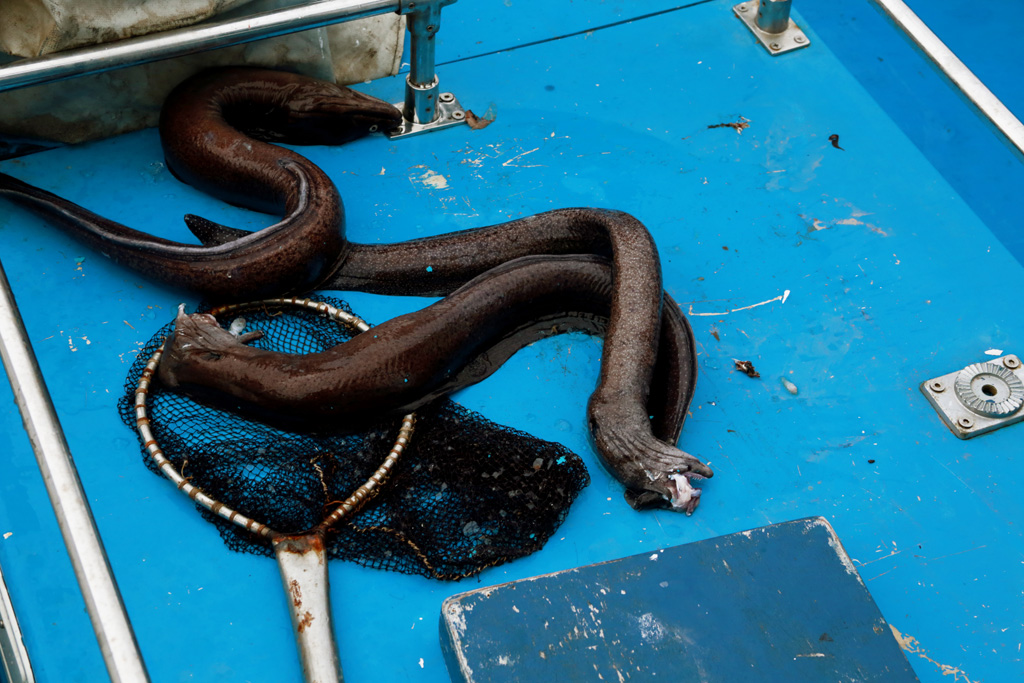
It’s a special island with a mild and sunny climate for most of the year, there are more than 152 beaches along the coast, with kilometers of fine white sand and volcanic gravel.
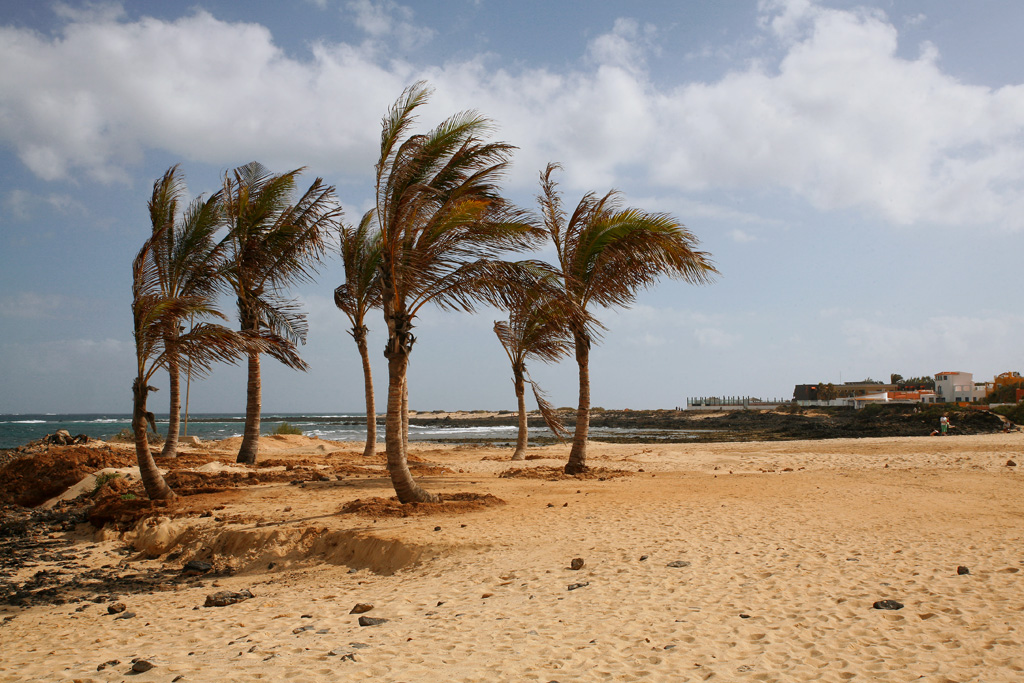
The most popular beaches are: El Cotillo, the dunes of Corralejo, Sotavento, Cofete, Barlovento, Garcey, Morro Jable, Jandia, Las Playitas and Pozo Negro. All year round there are trade winds and tidal waves from the Atlantic, which makes the island a paradise for surfers. Diving, sailing and deep-sea fishermen are attracted by the clear waters, where it is easy to see dolphins, whales, turtles and swordfish. The island is rich in protected areas, which can be explored by jeep or dirt bikes.
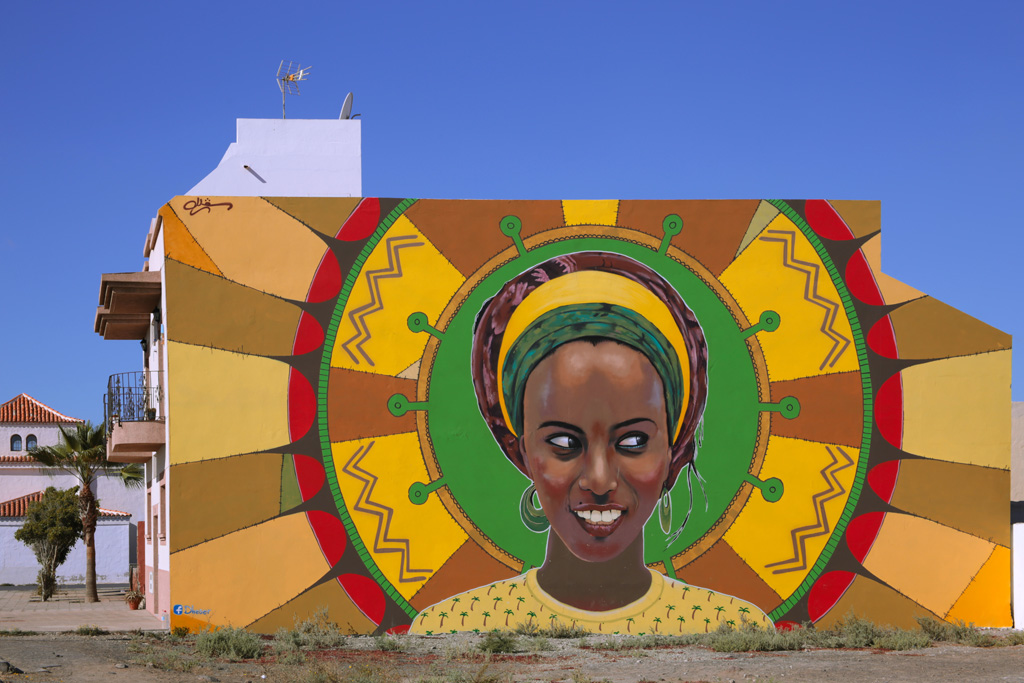
Puerto del Rosario is the capital (Puerto Cabras until 1956). At about 9 km to the south there is the airport; our departure point. Here, my partner Stefania and I, hired a car. At this point we rented from “Payless”, but other times we also chartered from other companies, such as “Autos Pluscar”, all very affordable too and without additional expenses to my surprise.
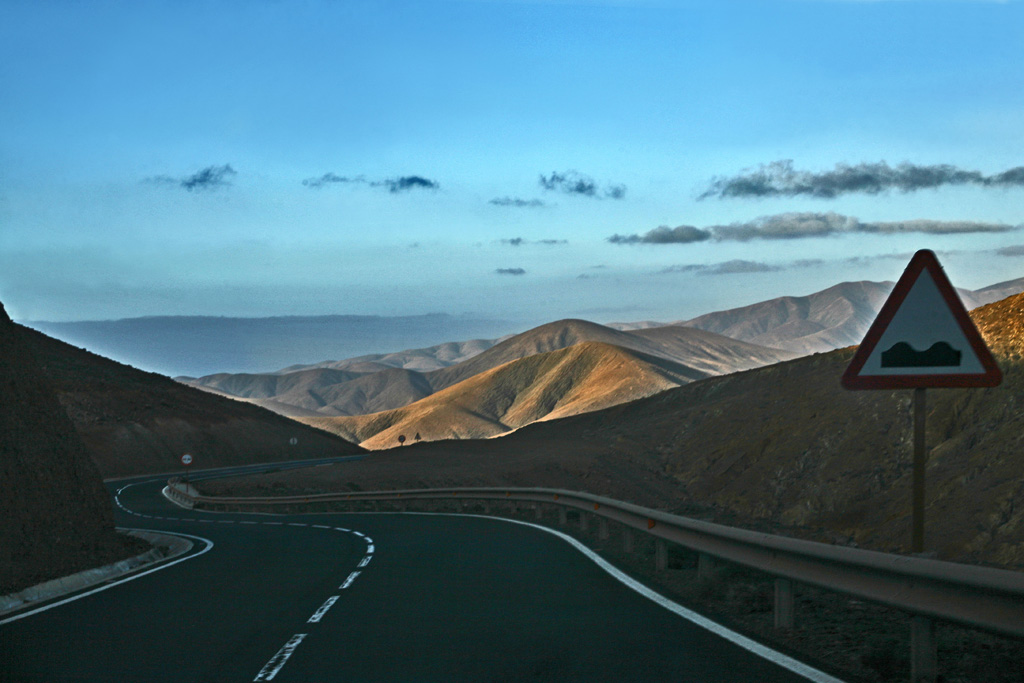
While going to our accommodation, we were overwhelmed by new emotions and feelings, the landscape looks like a book of time and space. From the airport to the north of the island you can take a road that goes through the coastal territory, which is, barren, arid, volcanic soil, rocks that have been embossed everywhere, on the beach, from the volcanoes on the island, of which you can see the mouths of the volcano now inactive for many years.
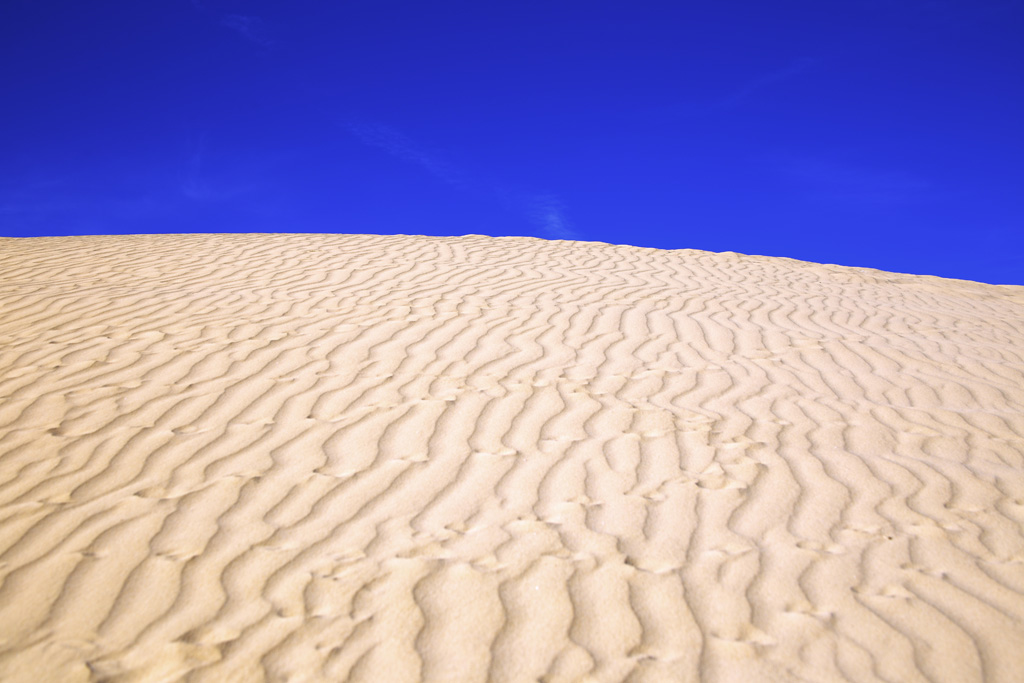
Landscape changes constantly, forming contrasting colors, from blue crystal ocean to the white foam of the waves, the light color of the sand and black rocks; a amazing! After a few kilometers the road crosses the white sandy dunes, some of which are as high as 15-20 meters, from which you can launch downhill, tempered by soft sand; really good fun!

Our goal is to Corralejo in the north of the island. Traveling by car you can see some small villages in the hills and coastline. Puerto del Rosario is a lively town, and in continuous renewal, you can find many murals along the streets. Towards the sea there are two beaches. One is close to the center and the port, the other is located south of the city, made of black sand which is the beach for the residents. Corralejo is a very touristic town, full of shops, bars, restaurants, English pubs and many services and attractions.
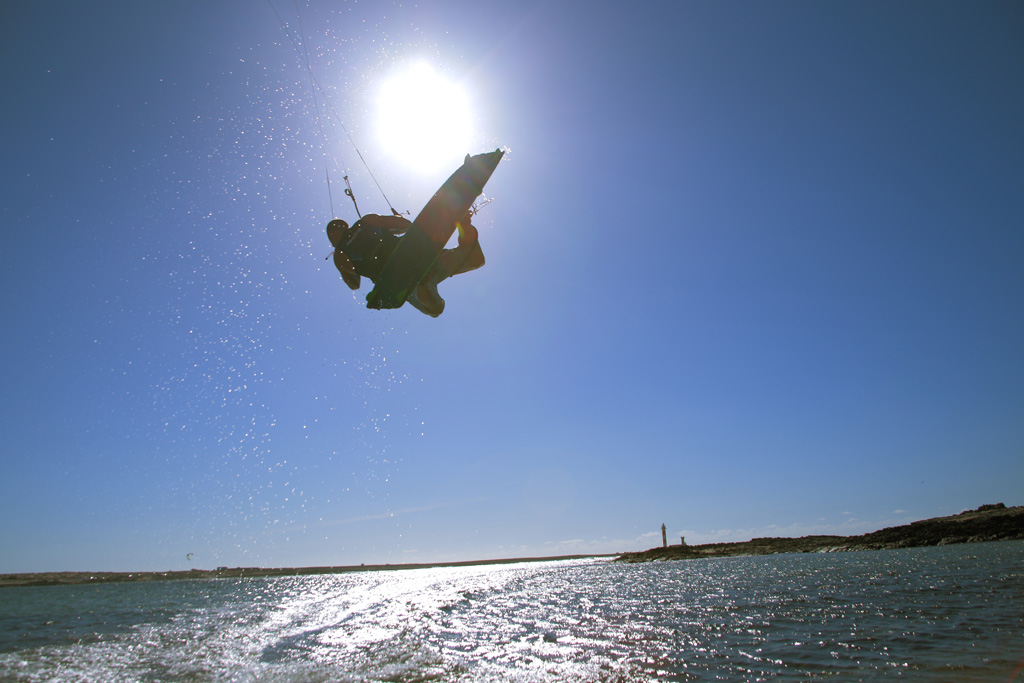
You can do many sports such as surfing, windsurfing, kiteboarding, skateboarding. There are also outdoor gyms, paths for cycling and hiking; In short, you do not get bored. Many traditional events are free and scheduled throughout the year. Here takes also place the carnival where you can see beautiful costumes, dances that are also done along the road or in the squares with performing contests and prizes. Small villages near the sea, are very characteristic places, to visit Majanicho along the road from Corralejo goes to El Cotillo, passing from the coast along a dirt road. The island is kept very clean, both by locals and tourists who visit it, a necessary rule to maintain a clean place you must have a strong respect for nature and for the place where we are guests.
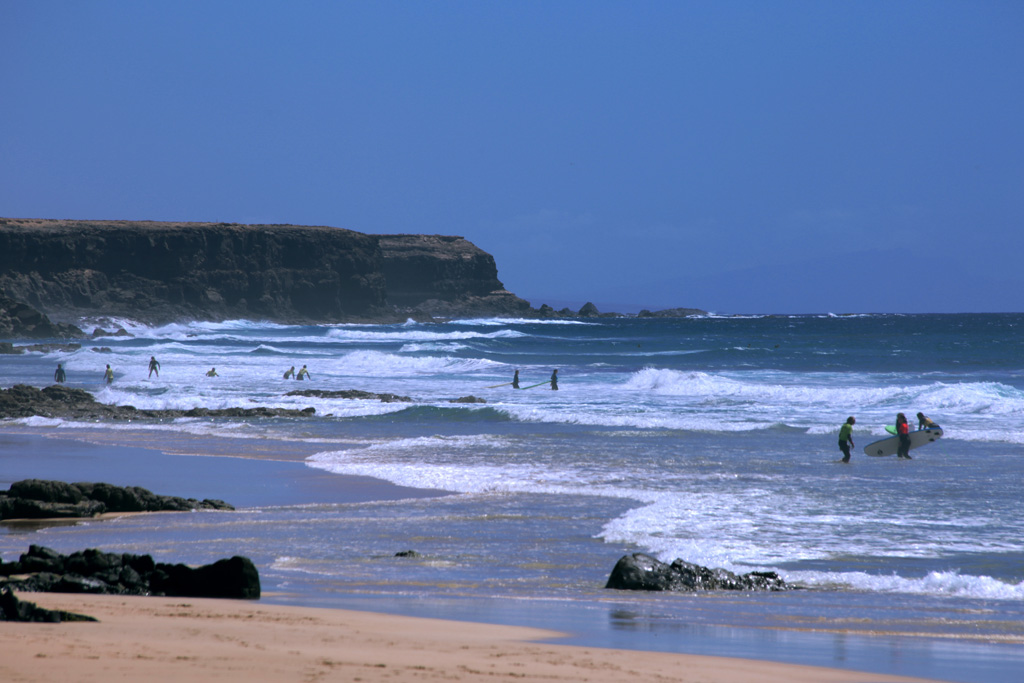
El Cotillo is a city that was a little isolated, so which is perfect for people who love nature and tranquility, here we can also find some of the most beautiful beaches. Along the road that goes from the coast, you’ll find many surfers vans and campers. Along this road lies Majanicho, a fishing village on the sea, with a few small houses in Spanish style.
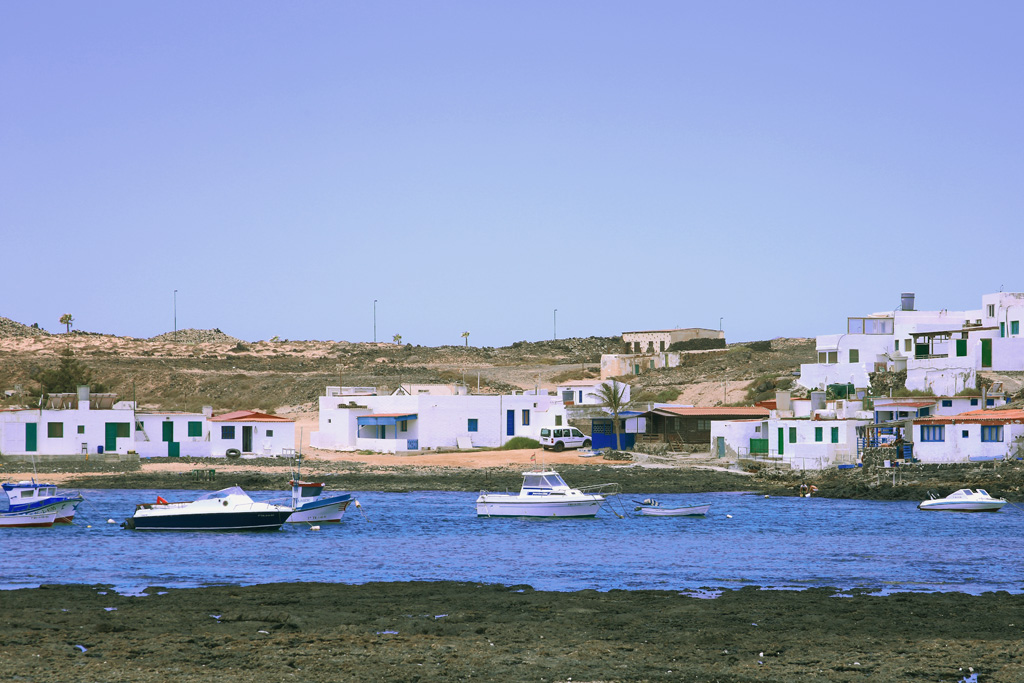
With a soft and relaxing atmosphere, nearby you can see the colorful boats of fishermen which are still used in an environmentally friendly regime. The trip around the island then took another southbound inward in search of Ancient Traditions and unspoiled places.
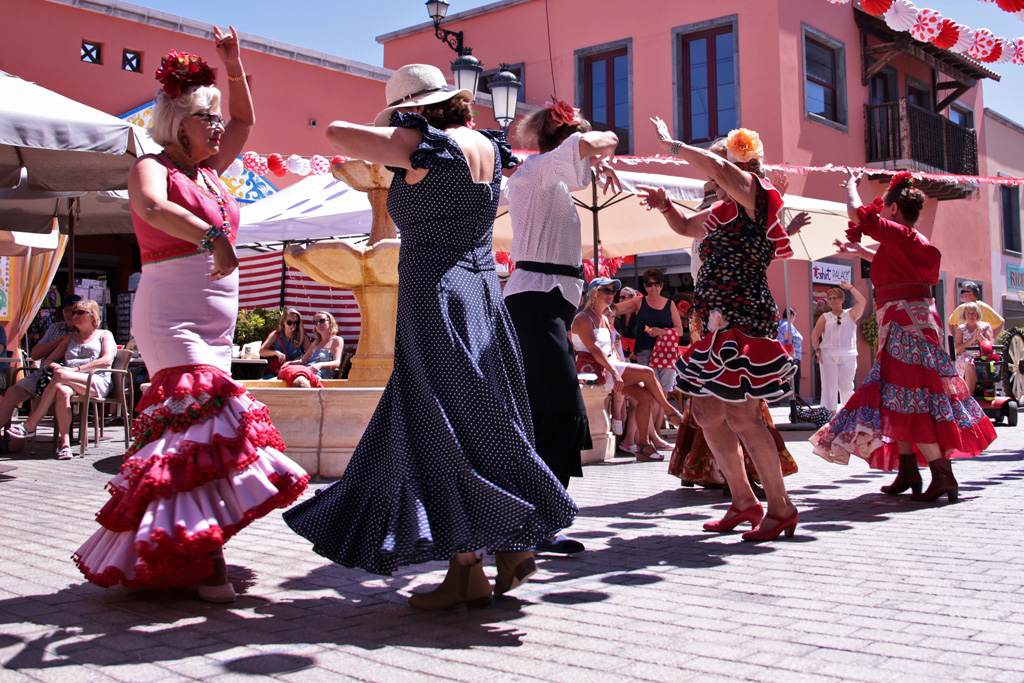
Lajares, La Oliva, Tetir, Antigua and Tuineje are villages in the interior of the island, located between volcanoes and rocky and desolate mountains. Volcanic lands where vegetation is not very present. In these places we found the friendliness of the people always willing to help, beautiful folklore and handicrafts exhibition where you can attend choral singing and dancing while enjoying local food and good company. You can shop among the stalls of artisans who offer outstanding products, like colored leather accessories and typical decorated Spanish belts, and many items of common use.
Going to south you cross the warmer lands where the volcanic earth is not present, endless areas where there is no human presence. We arrived to Morro jable, a modern touristic city near the sea, where the standard of living seems to be much higher, we found many tourists and families, many stores for shopping.
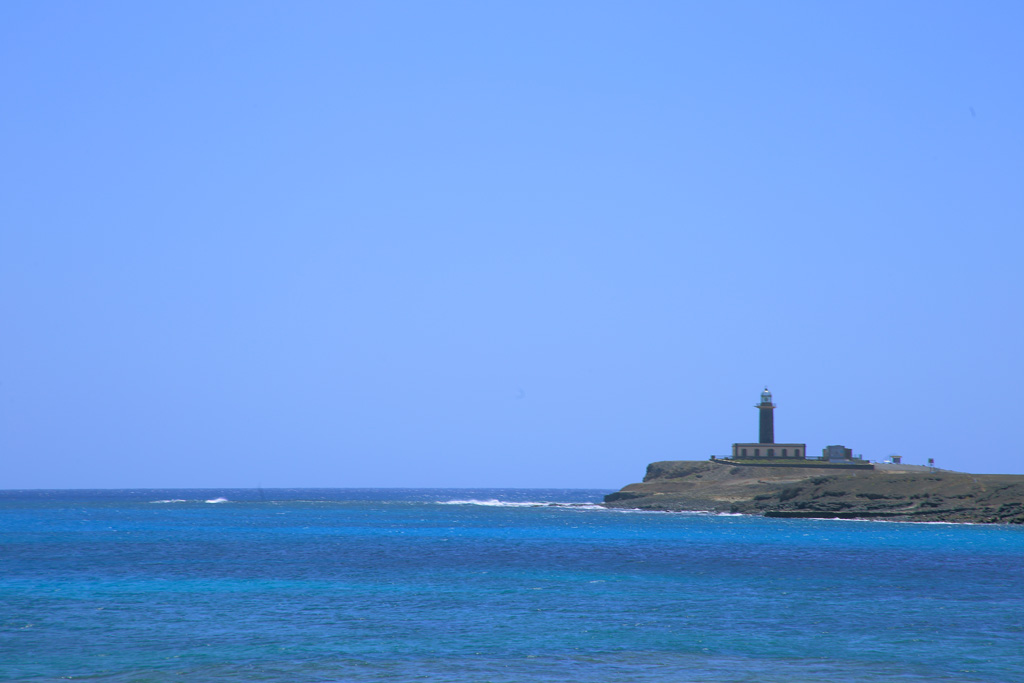
Then we went to southern point where is the Morro jable lighthouse, extreme point where there is a strong wind, you can see the ocean from the cliff about 50-60 meters high. Here the nature is more prevalent than humans. Some people told us about another place where nature is impressive, Cofete.
So we went through the wastelands, a long dirt road, which was difficult to drive when we met other vehicles in the other lane, and to make matters worse the street for a few kilometers was along one side of the mountain height 400-500 meters.
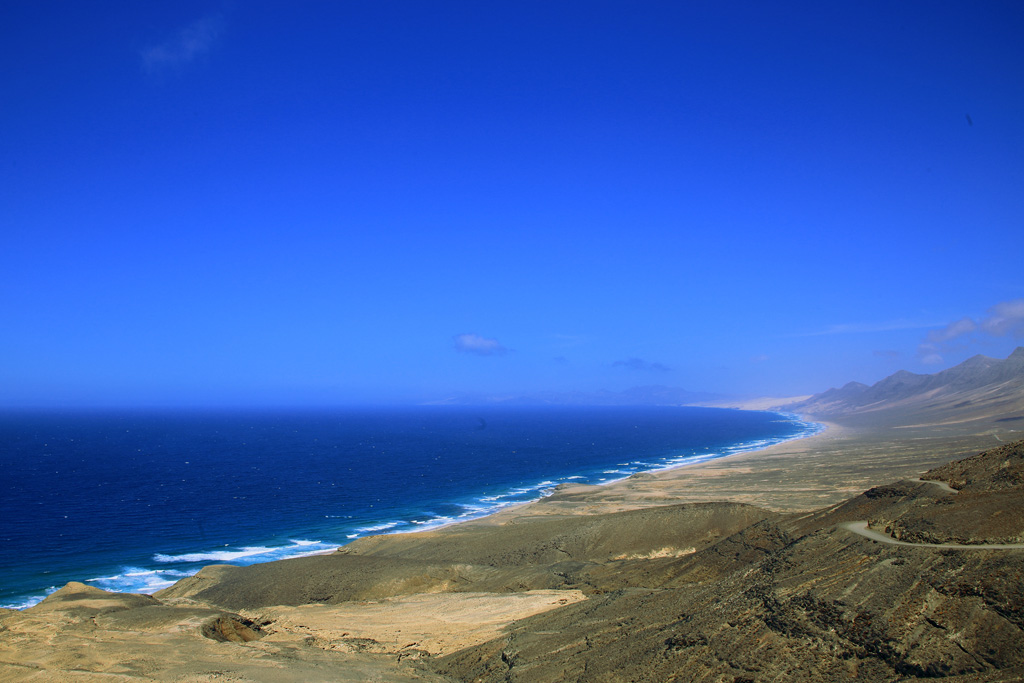
From the mountains we could see an amazing beach, which was hit by a strong wind, I took some pictures of the area. We spent a beautiful day on the beach. Just before I saw a small quaint bar so, before coming back to Corralejo, we had got a fresh drink. Driving along the way back we saw Playa Sotavento, one of the most beautiful beaches that I have ever seen, it is a clear sandy 4 km long and 200 meters wide.
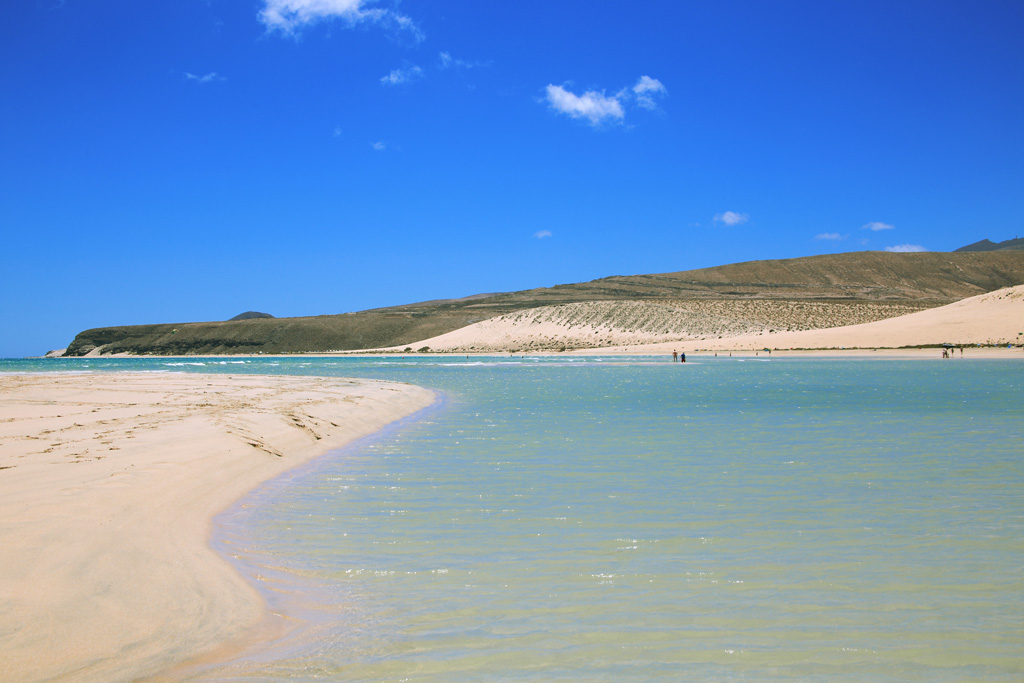
Twice a year we can see a fantastic phenomenon, high tide fills up the beach with deep water about 40-60 cm where you can do windsurfing or just walk. Drive along the coastal road at sunset was very nice, where we could see the contrast of the colors red and orange in the sky, and the blue of the ocean.
Beaches are beautiful, sea is beautiful, you can practice many sports outside, the food is fabulous, you can eat fresh fish every day at low prices, the languages spoken are Spanish and English. A place to spend the holidays in peace and find a balance with nature.

I hope you enjoyed this article, Luca Brogi.
Instagram Image by @lucabrogi_lasuertesiempre
Facebook Image by @Luca Brogi Fotografo

